The fastest animals in the world have evolved to speed past the rest of us. Each of these animals is a stand out in its own way. While peregrine falcons take the cake for top speed in the world, all of the animals on this list are extremely impressive.
Let’s explore the fastest animals in the world.
Key Facts:
- Peregrine falcons, cheetahs, and pronghorns are some of the fastest animals in the world.
- Peregrine falcons are the fastest in the world, with top speeds of over 200 miles per hour.
10 Fastest Animals in the World: An Overview
| Animal | Type | Speed |
| Cheetah | African mammal | 75 miles per hour (120 kilometers per hour) |
| Pronghorn | North American mammal | Up to 60 miles per hour (97 kilometers per hour) |
| Peregrine Falcon | Bird | 200+ miles per hour |
| Sidewinders | Snake | Up to 18 miles per hour (29 kilometers per hour) |
| Sailfish | Fish | Up to 68 miles per hour (110 kilometers per hour) |
| Ostrich | Flightless bird | Up to 43 miles per hour (72 kilometers per hour), |
| Horse Fly | Insect | Up to 60 miles per hour (98 kilometers per hour) |
| Mexican Free-Tail Bat | Flying Mammal | Up to 99 miles per hour (160 kilometers per hour) |
| Grey-headed Albastross | Grey-headed Albatross | Up to 78 miles per hour (127 kilometers per hour) |
| Dracula Ant | Insect in Austrailia | Up to 320 km per hour jaw snap |
10 Fastest Animals in the World: Take A Deeper Dive
The fastest animals in the world are undeniably impressive. If you want to learn more about these speedy critters, you are in the right place. We take a closer look at the fastest animals in the world below.
Peregrine Falcon
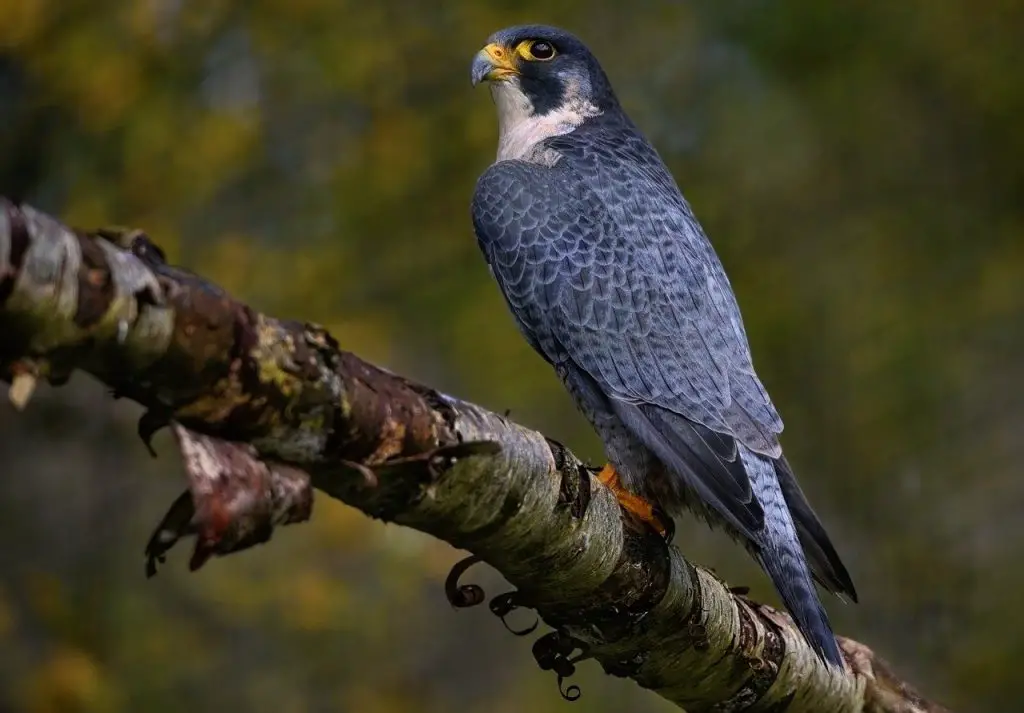
Peregrine falcons (Falco peregrinus) are the undisputed champions of speed in the animal kingdom. With top speeds reaching an astonishing 240 miles per hour (386 kilometers per hour) during their high-speed dives, known as “stoops,” they are the fastest animals on the planet. (Of course, these dives take advantage of gravity too)
These majestic raptors are instantly recognizable with their sleek bodies, long wings, and distinctive black mustache-like markings on their faces. They exhibit remarkable adaptability to a variety of habitats. They are commonly seen in rocky cliffs, tall buildings, and urban skyscrapers, making them one of the few species that have successfully adapted to city life. Their preference for high vantage points allows them to spot their prey from great distances.
One of the most intriguing features of peregrine falcons is their hunting technique. During their stoops, they tuck their wings close to their bodies to reduce air resistance, enabling them to achieve breakneck speeds while hunting small birds in mid-flight.
Despite their incredible speed and hunting prowess, this magnificent bird faced a severe decline in the mid-20th century due to the use of pesticides, which caused thinning of their eggshells. However, thanks to dedicated conservation efforts, the Peregrine Falcon’s population has rebounded, and they are now listed as a species of “Least Concern” by the International Union for Conservation of Nature (IUCN). Their resilience and breathtaking speed make them a true testament to the wonders of the natural world.
Cheetah
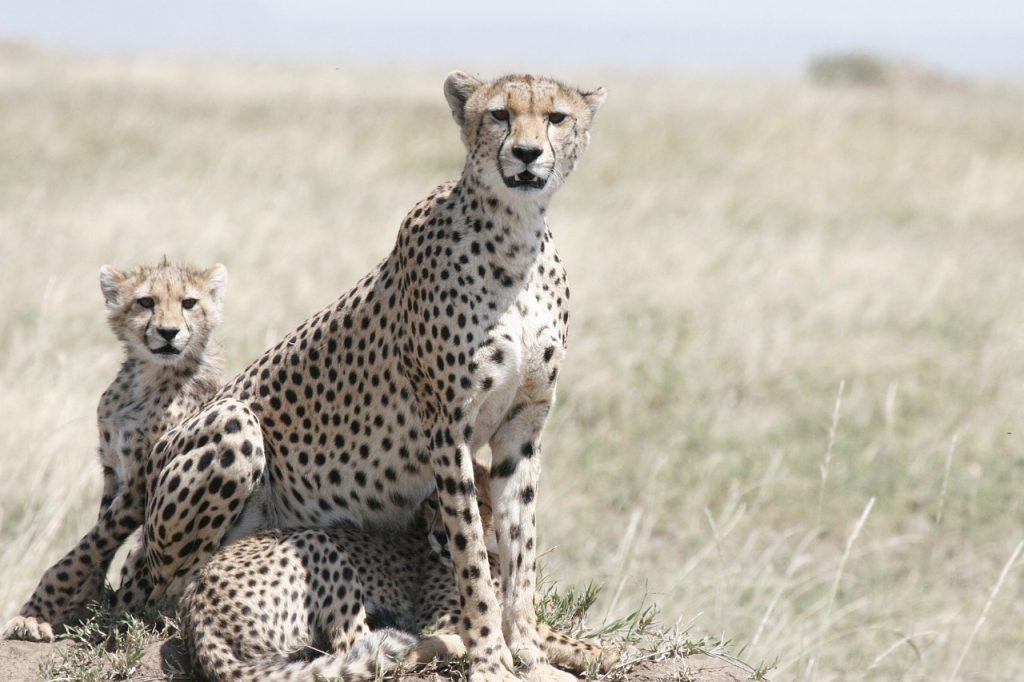
Cheetahs (Acinonyx jubatus) are big cats known for their lightning-fast sprints, reaching top speeds of up to 75 miles per hour (120 kilometers per hour) in mere seconds. Their slender, aerodynamic bodies, adorned with unique black tear stripes running from their eyes to the corners of their mouths, aid in camouflage and minimize glare when chasing prey.
In the wild, cheetahs primarily inhabit open grasslands and savannas across Africa, where their incredible speed is an essential advantage for hunting. Unlike other big cats, cheetahs rely on their acceleration and burst speed to catch agile prey such as gazelles and impalas. Once thought to be nocturnal, they are primarily diurnal hunters, preferring to hunt during daylight hours when their keen eyesight provides an advantage over their prey.
Pronghorn

Pronghorn (Antilocapra americana) holds the title of North America’s fastest land mammal. These remarkable animals are capable of reaching speeds of up to 60 miles per hour (97 kilometers per hour), making them unparalleled in their ability to outrun predators. Pronghorns are characterized by their tan-colored bodies, distinctive white markings on their face and throat, and unique branching horns, which are shed and regrown each year.
These herbivores can maintain their top speed for longer than cheetahs. Pronghorns are native to the grasslands, sagebrush steppe, and desert regions of North America.
Sidewinder

Sidewinders (Crotalus cerastes) are fascinating desert-dwelling snakes renowned for their unique method of movement. These venomous vipers have evolved a distinctive sidewinding motion to navigate the hot sands of the southwestern United States and northwestern Mexico. Despite their desert habitat, sidewinders can achieve impressive speeds, reaching up to 18 miles per hour (29 kilometers per hour) when necessary to capture prey or escape predators.
Physically, sidewinders have a pale, sandy coloration with darker patches, providing effective camouflage against the desert terrain. Their eyes are positioned on the top of their heads, allowing them to see their surroundings while mostly buried in the sand. This specialized adaptation helps them ambush unsuspecting prey, such as small rodents and lizards, which they strike with potent venom to immobilize their victims.
Sailfish
The sailfish, scientifically known as Istiophorus platypterus, holds the title of the fastest fish in the ocean. These magnificent creatures can attain incredible speeds, reaching up to 68 miles per hour (110 kilometers per hour) in short bursts. Instantly recognizable by their prominent, sail-like dorsal fin, sailfish are prized for their stunning blue and silver coloration, making them a true spectacle to behold in the open waters.
Sailfish are primarily found in warm and temperate oceans, favoring tropical and subtropical regions. They are highly migratory and often roam vast distances in search of their favorite prey: small fish and cephalopods. Their streamlined bodies, powerful tails, and large pectoral fins contribute to their exceptional swimming ability, allowing them to execute swift and agile movements while hunting.
Ostriches
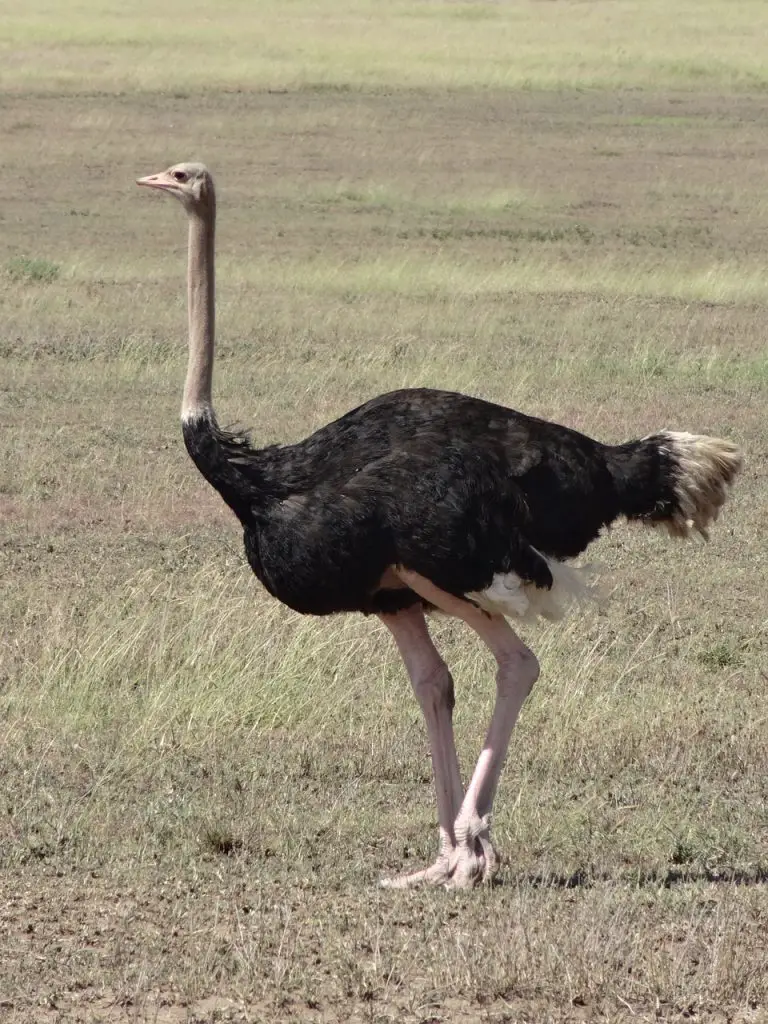
Ostriches (Struthio camelus) are the world’s largest and fastest birds. These flightless marvels can sprint at astonishing speeds of up to 43 miles per hour (72 kilometers per hour), making them the fastest land birds on the planet. Towering over other avian species, ostriches possess long, powerful legs, and their large eyes provide excellent vision, making them keenly aware of their surroundings.
Native to the African savannas and arid plains, ostriches are well-adapted to their habitats. Their strong legs enable them to cover vast distances while foraging for a varied diet that includes plants, insects, and small vertebrates. Despite their formidable size, ostriches boast impressive agility, and when threatened, they can rely on their speed and powerful kicks to evade predators.
Horse Fly
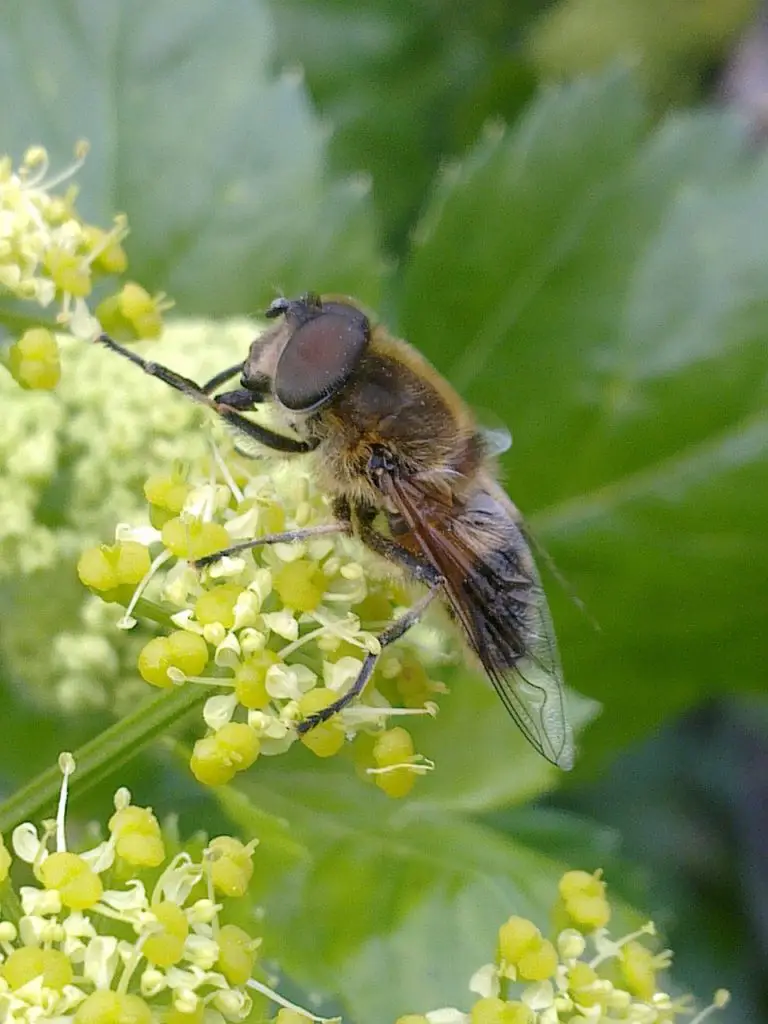
Horse flies (Hybomitra hinei wrighti) are notorious for their relentless pursuit and painful bites. While not the fastest animals in the world, they are incredibly agile and quick in flight, capable of reaching speeds of up to 60 miles per hour (98 kilometers per hour). These pesky insects are distinguishable by their large, colorful compound eyes and robust bodies, with some species boasting a length of up to 25 millimeters.
Horse flies are found worldwide and inhabit a wide range of environments, including forests, wetlands, and grassy areas. They are especially prevalent in areas with livestock or near bodies of water, as they require blood meals from mammals, including horses, cattle, and even humans, to reproduce. Personally, I think horse flies are just a big nuisance. But sometimes it’s impossible to avoid getting bitten while exploring the wild places in Florida.
Grey-Headed Albatross
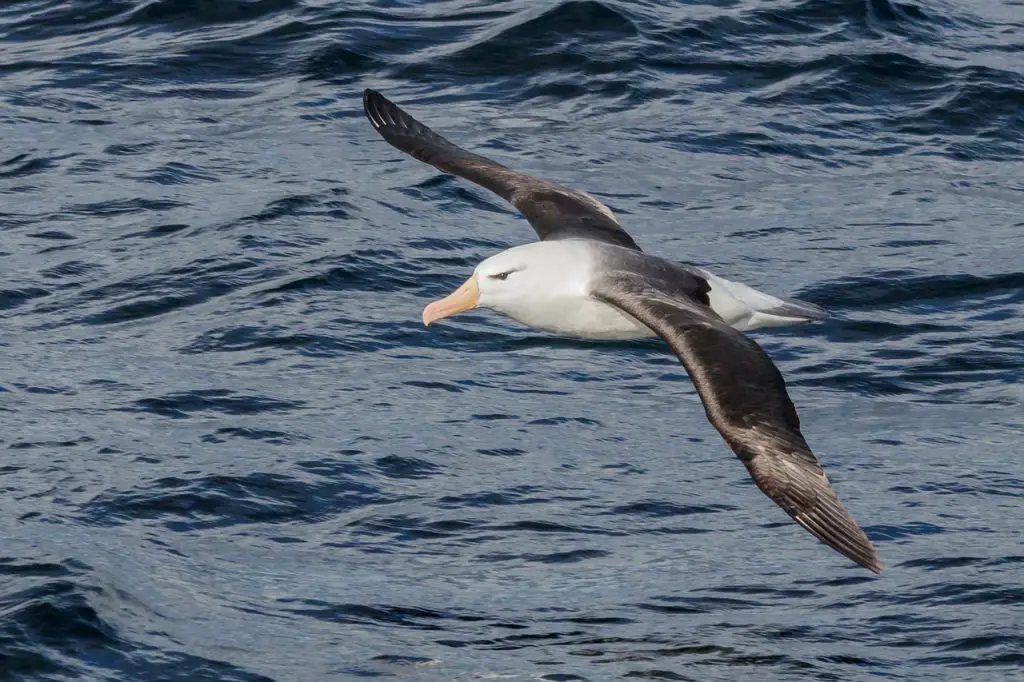
The Grey-headed Albatross (Thalassarche chrysostoma) is a seabird renowned for its soaring abilities and long-distance flights. While not the fastest bird in level flight, it can cover vast distances with ease, traveling up to 78 miles per hour (127 kilometers per hour) during its effortless gliding across the open oceans. This albatross species has a distinctive appearance, with a white body, dark grey head, and wingspan that can exceed 8 feet (2.5 meters).
The pelagic birds have adapted to a life on the wing, relying on wind currents to travel thousands of miles in search of food. Their diet mainly consists of fish, squid, and crustaceans, which they expertly snatch from the ocean’s surface using their powerful hooked bills.
Unfortunately, these birds are “endangered,” according to the International Union for Conservation of Nature (IUCN). Threats include bycatch in fishing gear, habitat degradation, and the ingestion of plastic debris.
Dracula Ant
The Dracula ant (Mystrium camillae) is an insect famous for its incredible speed and unique feeding behavior. While not the fastest animal overall, it holds the record as the fastest jaw snap on any animal. Scientists recorded these ants snapping their jaws shut in just 0.000015 seconds! That’s a speed of around 320 km per hour.
Dracula ants derive their name from their unusual feeding behavior, as they do not consume their prey directly. Instead, they use their sharp mandibles to puncture their prey, causing the wounds to bleed. They then consume the blood-like hemolymph, a nutrient-rich bodily fluid, from their injured victims.
Mexican Free-Tailed Bat
The Mexican free-tailed bat, scientifically known as Tadarida brasiliensis, is one of the fastest flying mammals in the world. These agile creatures can achieve impressive speeds of up to 99 miles per hour (160 kilometers per hour). With their distinctive “free-tailed” tail extending beyond the tail membrane, they are easily identifiable.
They commonly roost in caves, abandoned buildings, and under bridges, forming large colonies that can number in the millions. These bats are essential to local ecosystems, as voracious insect eaters, consuming vast amounts of agricultural pests, including moths and beetles.
Fastest Animals in the World: Frequently Asked Questions
You have questions about the fastest animals in the world. I have answers.
What is the strongest animal?
Some of the world’s strongest animals include the elephant, blue whale, and crocodile.
Is a cheetah the fastest animal in the world?
No. Cheetahs aren’t the fastest animals in the world. Peregrine falcons earn the top spot for fastest animal in the world.
Final Take on Fastest Animals in the World
The world’s fastest animals are an awe-inspiring group, each with its unique adaptations and abilities. From the cheetah’s lightning-fast sprints to the Mexican Free-tailed Bat’s impressive aerial maneuvers, these creatures showcase the marvels of evolution and the boundless wonders of the natural world.